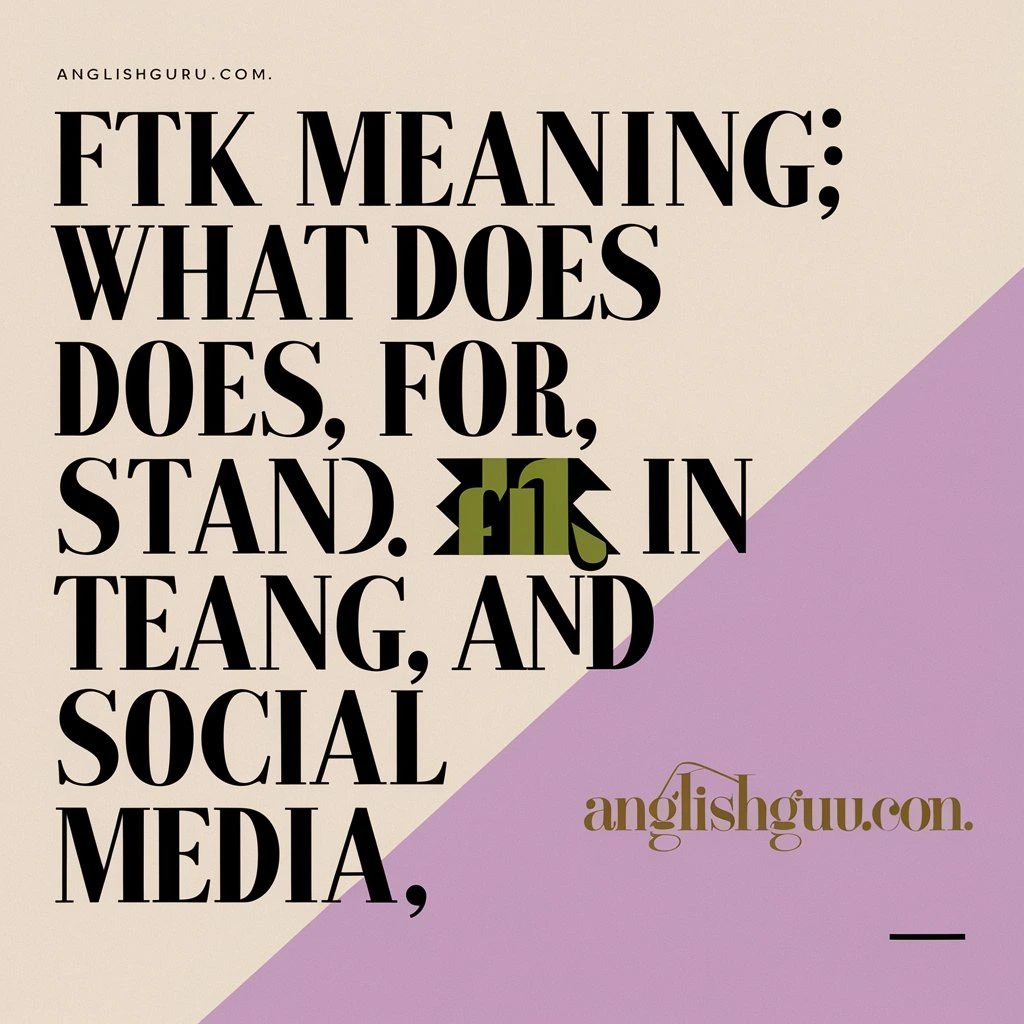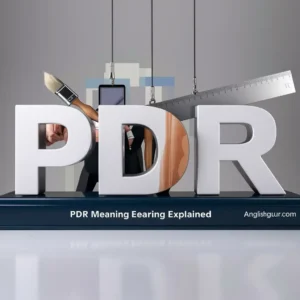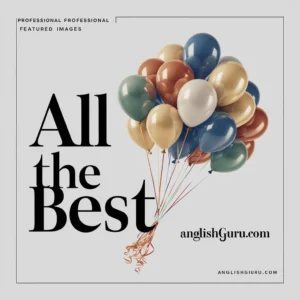Introduction
In today’s digital age, abbreviations and acronyms dominate texting, social media, and online communication. One such abbreviation you might come across is “FTK.” If you’ve ever wondered what FTK means in text or online chats, you’re not alone.
This article dives deep into the FTK meaning, its possible interpretations, and contexts. We’ll also explore various polite, professional, and casual alternatives to commonly used texting shorthand like “asl meaning in text.” By the end, you’ll have a comprehensive understanding of how to use FTK and other phrases effectively in different situations.
Along the way, you’ll also find 11 texting examples that are user-friendly and optimized for readability.
What Does FTK Mean?
The abbreviation FTK can carry multiple meanings depending on the context. Some of the most common interpretations include:
- For the Kids – often used in charity or fundraising events, especially in college and community service groups.
- For the King – used in gaming communities or role-playing conversations.
- First Tool Kit – in technical or professional settings, FTK might refer to a set of initial resources or software (like Forensic Toolkit in cybersecurity).
- Feel Too Kind – an informal or humorous use in personal chats.
Because FTK can mean different things, the context of the conversation is crucial in determining the right interpretation.
Why Understanding Acronyms Like FTK Matters
In digital communication, acronyms save time and space. But misunderstanding them can lead to confusion or miscommunication. For example, if a student texts “Doing it FTK!”, they may mean for the kids (charity), but a gamer might interpret it as for the king.
That’s why learning not only the meaning of FTK but also polite and professional alternatives to shorthand phrases is essential for smooth communication.
Exploring Alternatives to “ASL Meaning in Text”
The phrase “asl” (age, sex, location) is one of the oldest internet acronyms. While it was widely used in early chatrooms, today it often comes across as outdated or inappropriate in professional or polite contexts. Instead of using such shorthand, there are better alternatives for expressing curiosity, checking in, or sending well wishes.
Below, we’ll explore different polite, professional, and casual alternatives, highlighting tone, nuances, and when to use them.
17+ Alternatives with Context and Examples
Here are 17+ professional, polite, and casual alternatives to shorthand phrases like “asl meaning in text.” These expressions work in different tones and scenarios, helping you choose wisely.
1. “How have you been?”
- Tone: Friendly, polite
- Use Case: Casual conversation with friends or colleagues.
- Example Text: “Hey, Leo! Haven’t heard from you in a while. How have you been?”
2. “Where are you from?”
- Tone: Neutral, polite
- Use Case: When you want to know someone’s background respectfully.
- Example Text: “I’d love to know more about you. Where are you from originally?”
3. “What’s your story?”
- Tone: Casual, engaging
- Use Case: Making a new friend or networking.
- Example Text: “We’ve chatted a bit, but I’d love to know more—what’s your story?”
4. “Hope you’re doing well.”
- Tone: Professional, warm
- Use Case: Opening a formal email or text.
- Example Text: “Hi Leo, hope you’re doing well. I wanted to follow up on our last discussion.”
5. “How’s everything going?”
- Tone: Friendly, approachable
- Use Case: Works in both professional and casual chats.
- Example Text: “Just checking in—how’s everything going with the project?”
6. “Where are you based?”
- Tone: Professional
- Use Case: Networking or business discussions.
- Example Text: “Thanks for connecting, Leo! Out of curiosity, where are you based?”
7. “Wishing you the best.”
- Tone: Polite, warm
- Use Case: Ending emails or text messages.
- Example Text: “It was great chatting with you. Wishing you the best in your new role!”
8. “Looking forward to your reply.”
- Tone: Professional
- Use Case: Formal messages or business emails.
- Example Text: “Please review the attached file. Looking forward to your reply.”
9. “Take care.”
- Tone: Warm, caring
- Use Case: Casual conversations, friendly sign-offs.
- Example Text: “It was nice catching up. Take care, Leo!”
10. “Hope to hear from you soon.”
- Tone: Polite, professional
- Use Case: Email or text follow-ups.
- Example Text: “Hi Leo, I shared the draft yesterday. Hope to hear from you soon.”
11. “Where do you currently live?”
- Tone: Neutral, respectful
- Use Case: Replacing casual shorthand like asl.
- Example Text: “Out of curiosity, where do you currently live?”
12. “Stay safe.”
- Tone: Caring
- Use Case: Relevant in both personal and professional chats.
- Example Text: “Talk soon, Leo. Stay safe!”
13. “It’s great to connect with you.”
- Tone: Professional, friendly
- Use Case: LinkedIn or professional email.
- Example Text: “Hi Leo, it’s great to connect with you here on LinkedIn.”
14. “How’s your week going?”
- Tone: Casual, light
- Use Case: Friendly check-ins.
- Example Text: “Hey Leo, how’s your week going so far?”
15. “All the best moving forward.”
- Tone: Polite, formal
- Use Case: Closing remarks or well wishes.
- Example Text: “Thank you for your time today. All the best moving forward.”
16. “Where are you located?”
- Tone: Professional, respectful
- Use Case: Business, networking.
- Example Text: “Before we set a meeting, may I ask where you are located?”
17. “Hope you’re having a great day.”
- Tone: Polite, warm
- Use Case: Universal use, formal or casual.
- Example Text: “Hi Leo, hope you’re having a great day! I wanted to follow up regarding the proposal.”
18. “Let’s keep in touch.”
- Tone: Polite, casual
- Use Case: Networking or friendly conversations.
- Example Text: “It was wonderful chatting today. Let’s keep in touch!”
11 Optimized Texting Examples Using Alternatives
Here are 11 short, user-friendly texting examples that you can use directly in casual, polite, or professional contexts.
- “Hey Leo, hope you’re having a great day!”
- “Hi, where are you based these days?”
- “Just wanted to check in—how’s everything going?”
- “Great connecting with you, Leo!”
- “Hope you’re doing well. Did you get a chance to review the file?”
- “Take care, talk soon!”
- “Out of curiosity, where do you currently live?”
- “Looking forward to your reply.”
- “Stay safe and have a nice evening.”
- “How’s your week going so far?”
- “All the best with your new role!”
How to Choose the Best Alternative
When selecting an alternative to shorthand like “asl meaning in text,” consider these points:
- Context: Professional emails require formal phrases, while casual chats allow informal expressions.
- Tone: Match the tone of your message to the relationship you share with the recipient.
- Clarity: Always prioritize clear communication over trendy abbreviations.
For example, “Hope you’re doing well” works better in business emails, while “How’s your week going?” suits a casual chat.
Final Thoughts
The abbreviation FTK carries different meanings depending on the setting—whether it’s for the kids, for the king, or something technical. Understanding context is essential. At the same time, avoiding outdated or vague acronyms like asl meaning in text ensures your communication stays professional and respectful.
By using the 17+ polite, professional, and casual alternatives outlined above, you’ll always have the right phrase for the right situation. From well wishes to check-ins, these expressions can help you connect more effectively in both personal and professional settings.





